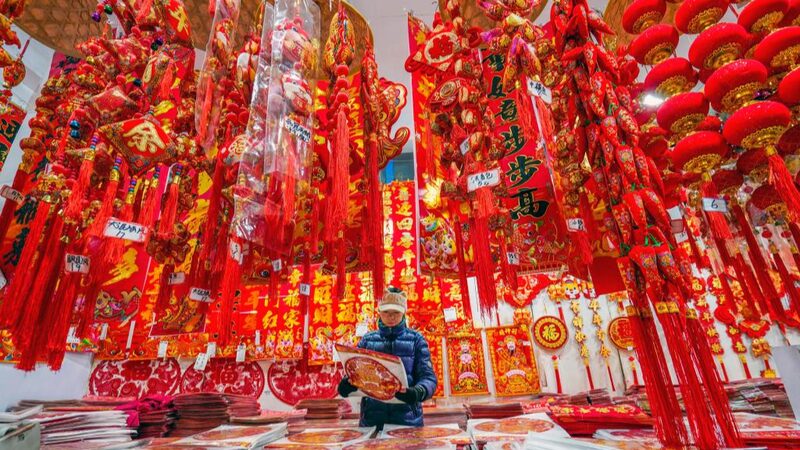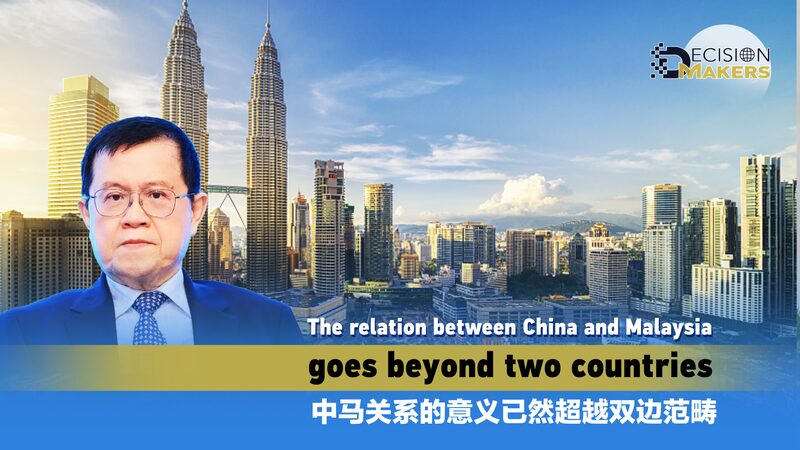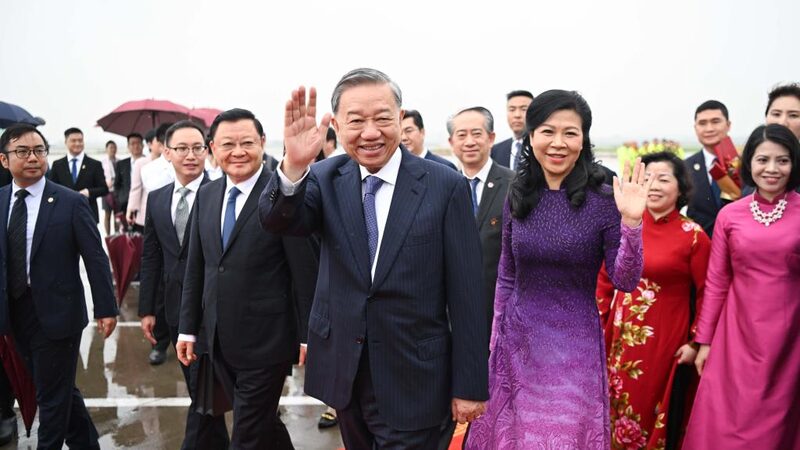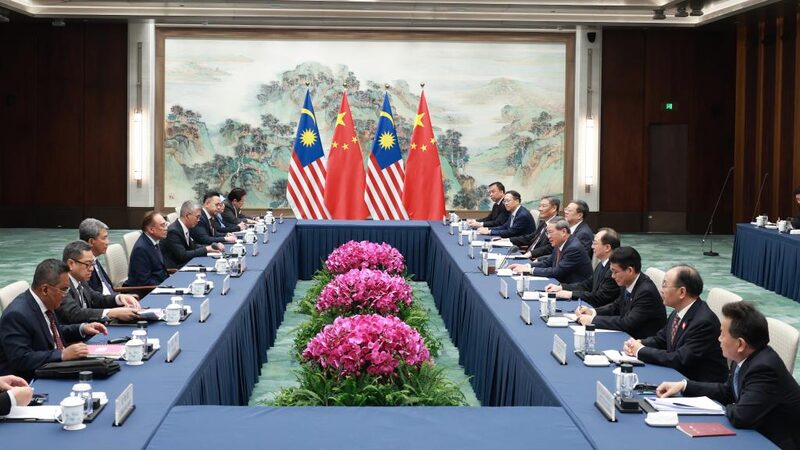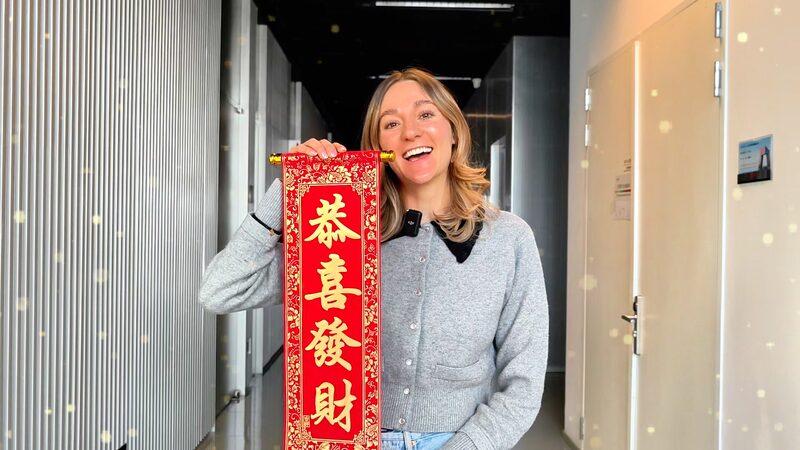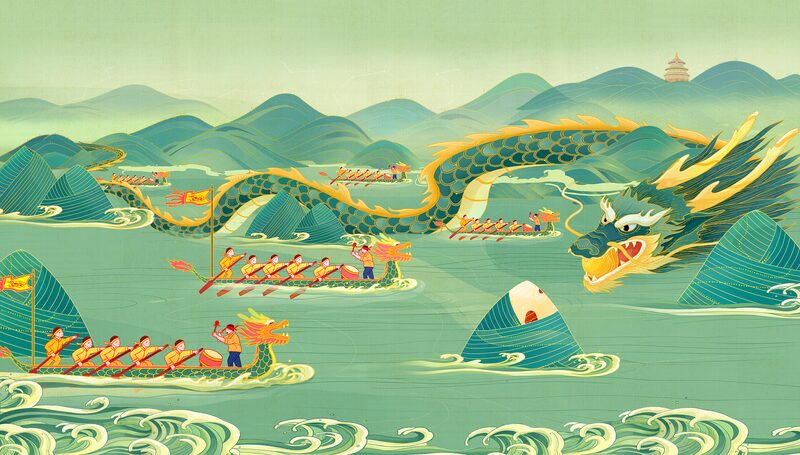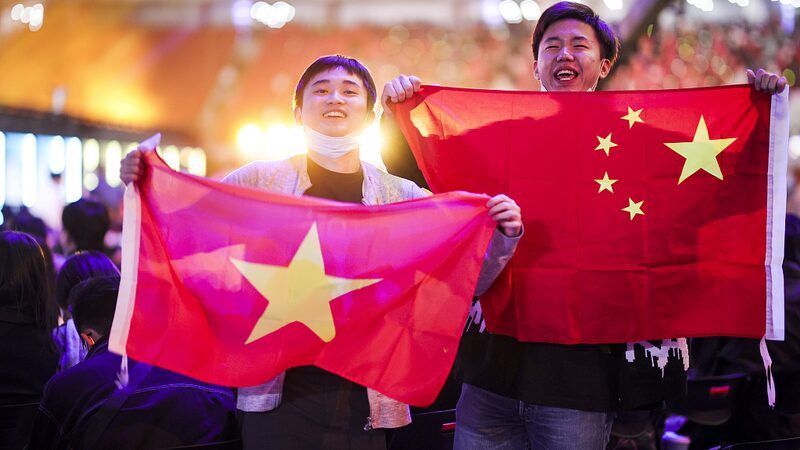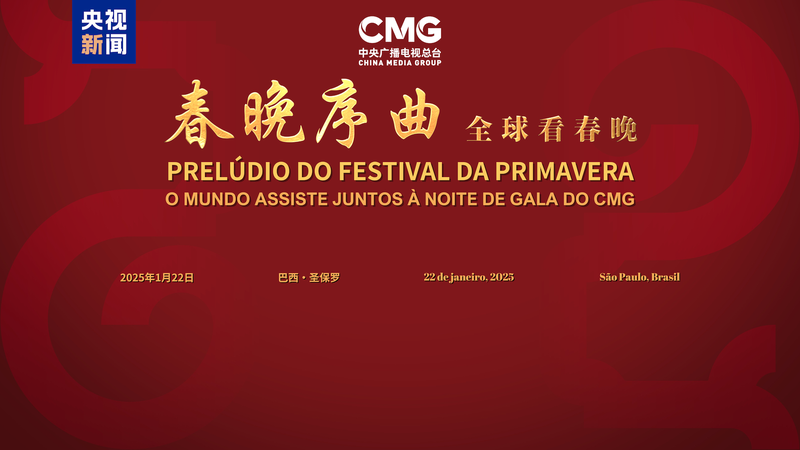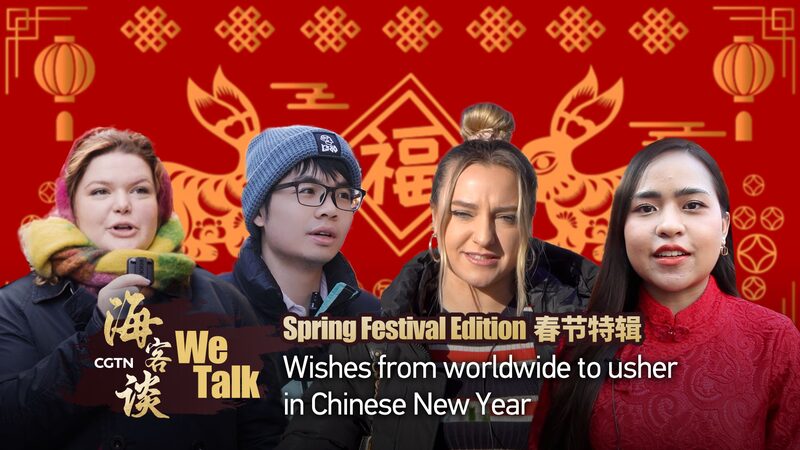As we bid farewell to the Year of the Rabbit and welcome the Year of the Dragon, people around the world are preparing to celebrate the Spring Festival. Known as Chunjie in Mandarin, this festival is a cornerstone of Chinese cultural heritage, embodying a rich tapestry of beliefs and values deeply ingrained in Chinese culture.
The Spring Festival is not only observed within China but has also gained recognition and celebration in many countries across Asia, including South Korea, Indonesia, Thailand, Malaysia, Vietnam, the Philippines, Brunei, and Singapore. Beyond Asia, Chinese communities in cities like New York, Paris, and São Paulo have taken the celebration global, sharing the traditions and joy of the festival with the wider world.
The festival marks a time of renewal, heralding the arrival of spring and the beginning of a new year. It symbolizes themes of reunion, hope, and the celebration of life, all deeply rooted in family values and communal harmony. Traditions such as family reunions, exchanging red envelopes symbolizing good luck and prosperity, and setting off fireworks to ward off evil spirits are integral parts of the festivities.
The Lantern Festival, which occurs on the 15th day of the first month according to the lunisolar Chinese calendar, signifies the culmination of the traditional Chinese New Year celebrations. One cherished tradition during this festival is enjoying tangyuan, a delightful dish symbolizing reunion and happiness. Many begin their gastronomic celebrations with jiaozi, symbolizing prosperity, and conclude with the sweet satisfaction of tangyuan, reflecting fullness and familial unity.
Experiencing the Lantern Festival in the ancient city of Pingyao in Shanxi Province offers an unparalleled and unforgettable journey into the heart of Chinese culture. The historic surroundings and vibrant festivities provide a deep appreciation for the rich cultural mosaic and historical depth of the region.
Reference(s):
Embracing life and harmony: A tribute to the Spring Festival
cgtn.com
